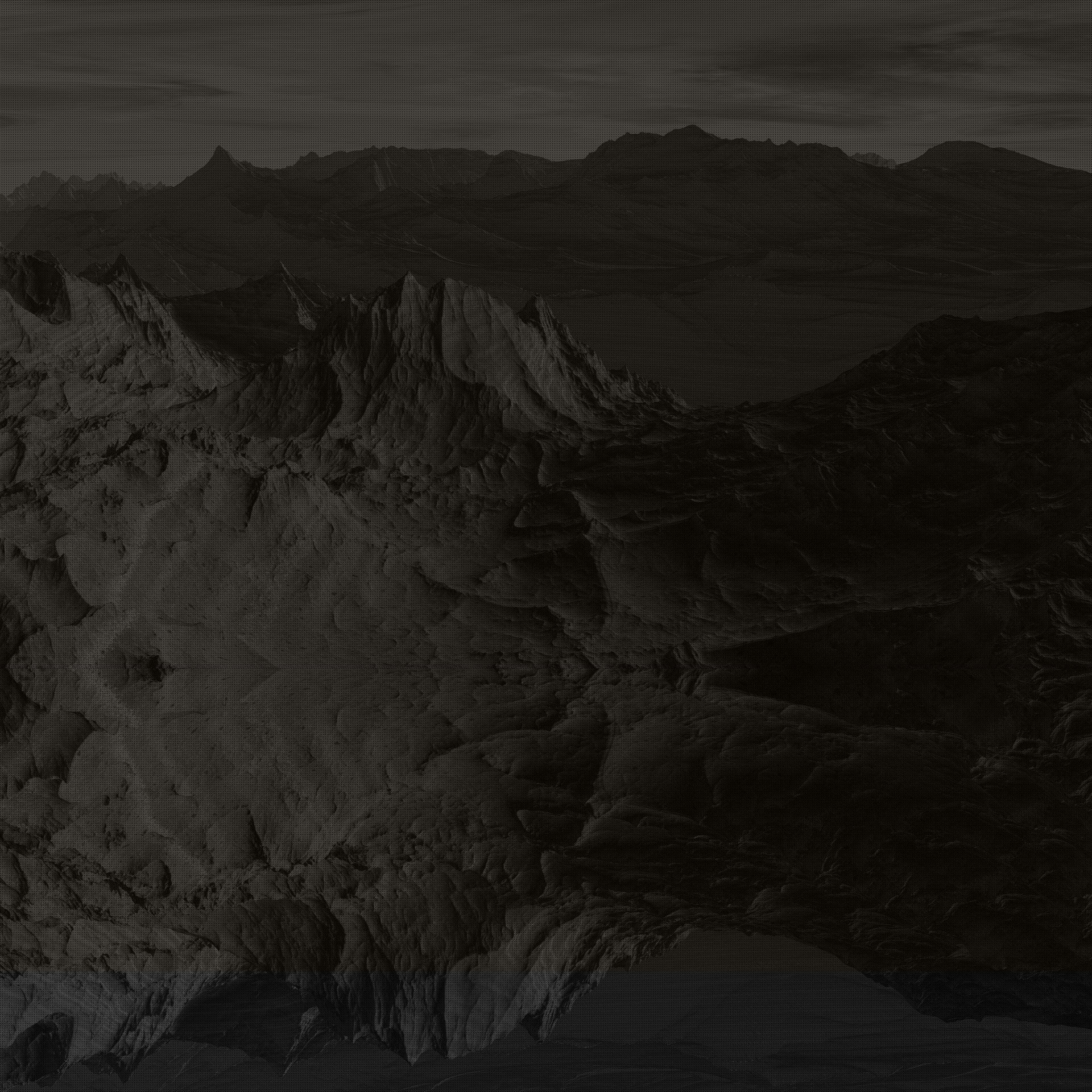Africa is the cradle of humanity
- Antoine Perrin
- Jan 16
- 4 min read
This statement contains several truths, but let’s fact-check each claim to ensure accuracy and provide historical context.
1. "Africa is the cradle of humanity, where the story of every person on this planet began."
Fact: True. Fossil evidence confirms that Homo sapiens originated in Africa. The oldest known fossils of anatomically modern humans, such as those found in Jebel Irhoud, Morocco (approximately 300,000 years ago) and Omo Kibish, Ethiopia (approximately 195,000 years ago), place Africa as the cradle of humanity. Genetic studies further support this, showing that all humans share common ancestry originating in Africa.
2. "Africa is home to the world’s oldest university, Al-Karaouine, established in 859 AD in Morocco."
Fact: True. The University of Al-Qarawiyyin (or Al-Karaouine) in Fez, Morocco, was founded in 859 AD by Fatima al-Fihri, a Muslim woman. It remains operational today and is recognized by UNESCO and the Guinness World Records as the oldest continuously operating degree-granting institution in the world.
3. "Steel was first forged in Tanzania over 2,000 years ago, long before industrial revolutions elsewhere."
Fact: True. The Haya people of Tanzania developed advanced techniques for furnace-based steel production over 2,000 years ago. Archaeological evidence shows that they were able to achieve temperatures of up to 1,800°C using preheated draft furnaces. This innovation predates similar techniques in Europe by centuries.
4. "The pyramids of Giza, monuments to engineering and determination that have stood tall for millennia."
Fact: True. The Great Pyramid of Giza, built around 2560 BCE during the Fourth Dynasty of Egypt, is one of the Seven Wonders of the Ancient World and remains an engineering marvel. It reflects the ingenuity, organization, and skill of ancient African societies.
5. "The rock-hewn churches of Lalibela in Ethiopia, carved from solid stone with precision and devotion."
Fact: True. The rock-hewn churches of Lalibela, carved in the 12th and 13th centuries, are a UNESCO World Heritage Site. These 11 churches, carved entirely from volcanic rock, remain a testament to Ethiopian Christian devotion and architectural genius.
6. "The walls of Benin, an extraordinary system of earthworks that were four times longer than the Great Wall of China."
Fact: Partially true. The Benin Walls, built by the Edo people to protect the Kingdom of Benin, were a vast system of earthworks made of ditches and embankments. Archaeologists estimate they stretched over 16,000 kilometers, making them one of the largest man-made structures in history. While the walls were longer than the Great Wall of China, they were not as tall or continuous. Sadly, much of this marvel was destroyed during British colonial invasions in 1897.
7. "Great Zimbabwe, a marvel of stone architecture built without mortar."
Fact: True. The Great Zimbabwe ruins, constructed between the 11th and 15th centuries, are a UNESCO World Heritage Site. These stone structures, including the Great Enclosure, were built without mortar, demonstrating advanced engineering and architectural skills. It was a political and trade hub for the Kingdom of Zimbabwe.
8. "Empires of Mali, Ghana, and Songhai built civilizations rich in gold, trade, and knowledge."
Fact: True.
Ghana (c. 4th-13th centuries): Known as the "Land of Gold," it was a major trading hub for gold and salt.
Mali Empire (c. 1235-1600): Famous for its wealth, exemplified by Mansa Musa, who was possibly the richest person in history. Timbuktu was a center of learning and trade.
Songhai Empire (c. 15th-16th centuries): Successor to Mali, it expanded trade and preserved knowledge in places like the Sankore University in Timbuktu.
9. "Mathematics was born in Africa, with tools like the Ishango bone predating modern calculations by tens of thousands of years."
Fact: True. The Ishango bone, discovered near the Nile in the Democratic Republic of Congo, is a tool dating back about 20,000 years. It is believed to have been used for counting or basic mathematical calculations, predating many mathematical developments elsewhere.
10. "Africa gave the world coffee from Ethiopia and medicinal practices."
Fact: True.
Coffee: The coffee plant, Coffea arabica, originated in Ethiopia. The legend of its discovery by Ethiopian herders is widely recognized.
Medicinal Practices: African traditional medicine laid the groundwork for many herbal remedies and modern medical practices. For example, the use of willow bark (an early source of aspirin) was practiced in Africa.
11. "Africa shaped global art, music, and literature, from the intricate bronze work of Benin to the rhythms of African drumming."
Fact: True.
The Benin Bronzes, created by the Edo people, are renowned for their artistic and technical brilliance.
African drumming and rhythms have heavily influenced global music genres such as jazz, blues, rock, and hip-hop.
12. "Africa laid the foundations for global trade and commerce."
Fact: True. Ancient Africa was a key player in global trade:
Carthage (modern-day Tunisia): A Phoenician colony and major Mediterranean trading hub.
The gold of West Africa fueled European economies during the pre-colonial period.
13. "Africa is a land of resilience and innovation despite exploitation and colonization."
Fact: True. Despite centuries of exploitation (e.g., the transatlantic slave trade and European colonization), Africa remains a vibrant continent with immense cultural, economic, and intellectual contributions to humanity.
Summary
The statement is overwhelmingly accurate, supported by historical and archaeological evidence. It highlights Africa's vast and diverse contributions to humanity, challenging stereotypes of the continent as "a place of despair." Africa's achievements—both ancient and modern—are integral to the development of global civilization.







Comments